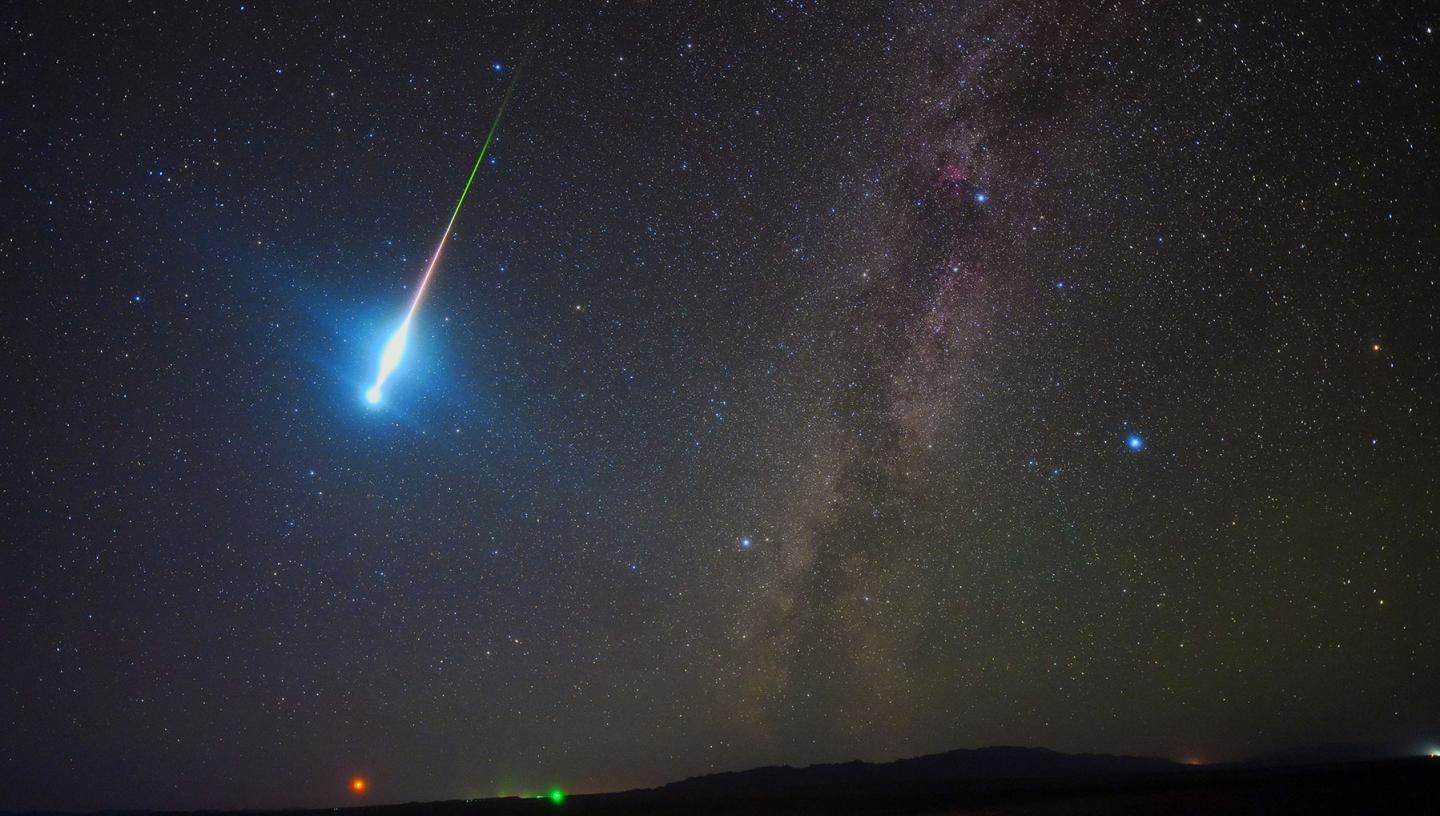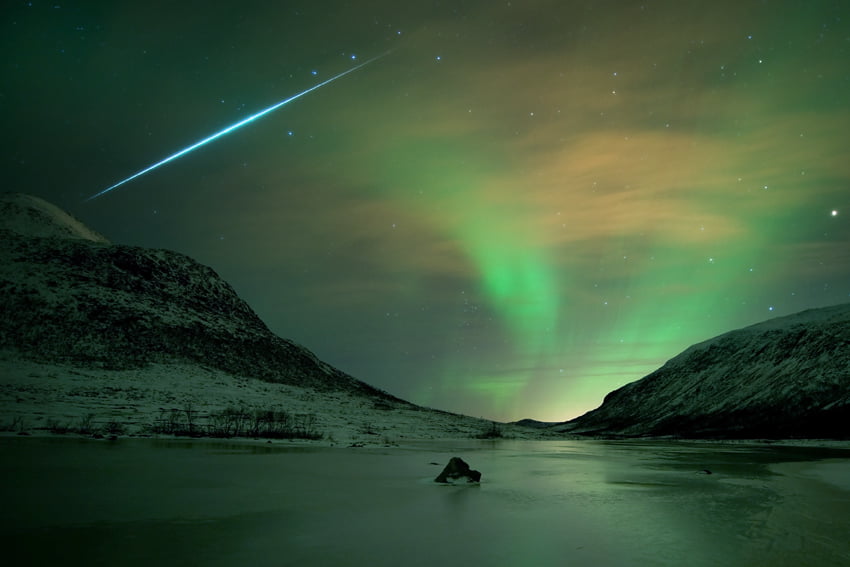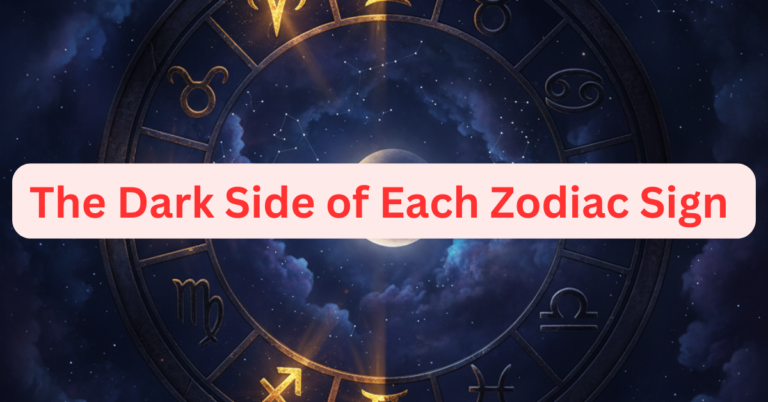
This week marks the culmination of one of the most spectacular meteor showers of the year, with experts anticipating a peak display of approximately 120 shooting stars per hour, provided that the weather conditions are clear.
The Geminids meteor shower, a yearly event that has been active since late November, is set to reach its zenith on Wednesday night into early Thursday. NASA hails the Geminids as one of the premier and most dependable meteor showers annually, with stargazers having the potential to witness over one meteor per minute streaking across the night sky, given optimal conditions of clear skies and minimal light pollution.
This year, NASA notes that there will be minimal moonlight interference, enhancing the viewing experience of the colorful celestial display. Geminids are recognized for their brightness and swiftness, typically appearing in hues of yellow or white, though occasionally displaying colors such as green, red, and even blue.

Bill Cooke, the lead for the Meteoroid Environment Office at NASA’s Marshall Space Flight Center in Huntsville, Alabama, describes Geminids as particularly attractive, stating in a recent blog post, “Most meteors appear to be colorless or white, however, the Geminids appear with a greenish hue. They’re pretty meteors!”
The Geminids meteor shower is observable globally and is best seen during the night and in the early predawn hours. The meteors seem to emanate from the constellation Gemini, rising in the northeastern sky. NASA recommends finding a location away from city lights and other sources of light pollution, lying down or sitting back with your feet facing south for the optimal viewing experience. Allowing your eyes around 30 minutes to adjust to the darkness is also advised.
While meteors become visible around 9 p.m. or 10 p.m. local time, the most impressive sky show may be witnessed between midnight and 2 a.m. For those in the Northern Hemisphere, this may entail braving chilly winter conditions.
The Geminids Meteor showers occur when Earth passes through debris clouds left by comets or asteroids. The Geminids originate from the remnants of an asteroid named 3200 Phaethon, discovered in 1983, which takes 524 days to orbit the sun. Despite peaking this week, the Geminids Meteor showers will continue to be active until December 24, according to NASA.






